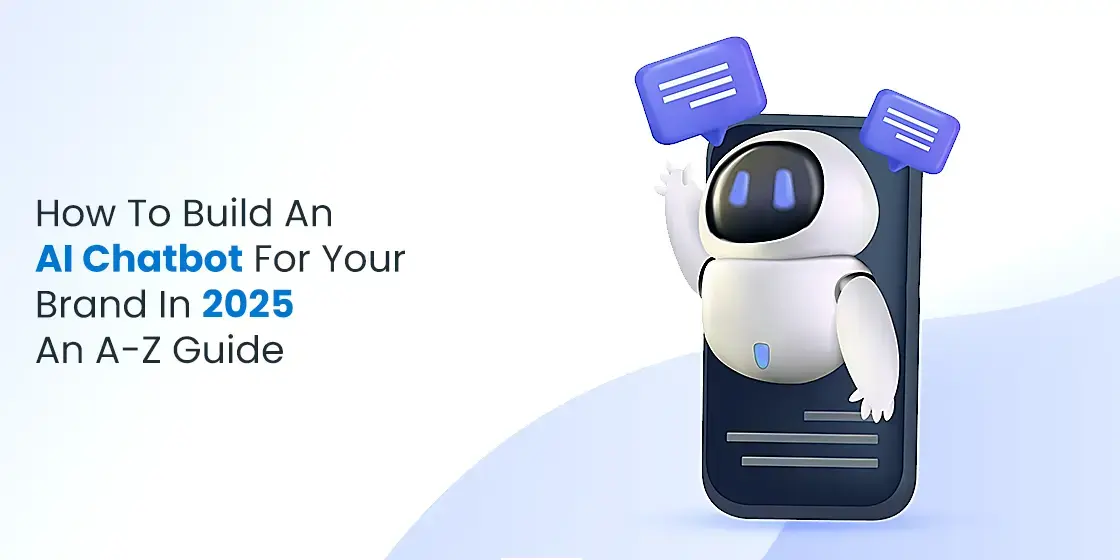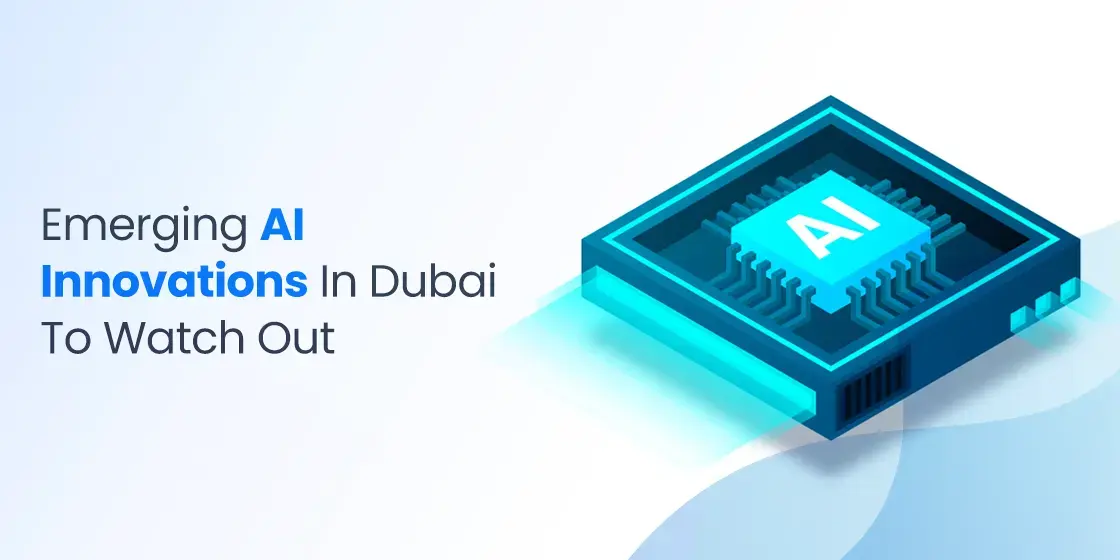Table of Content
Discover How to Make an AI Chatbot to Improve Your Business Operations
In today’s digital age, businesses are constantly seeking innovative ways to enhance customer experience and streamline operations. Artificial Intelligence (AI) has emerged as a powerful tool to achieve these goals, and AI chatbots are at the forefront of this technological revolution, giving rise to the search for “how to build an AI chatbot” by businesses everywhere.
These intelligent virtual assistants can interact with customers in real-time, providing instant support, answering queries, and even completing transactions. AI chatbots are fundamentally different from traditional chatbots. While traditional chatbots rely on predefined scripts and rules, AI chatbots leverage advanced technologies like natural language processing (NLP) and machine learning to understand and respond to complex queries.
This enables them to provide more personalized and human-like interactions. By developing an AI chatbot, businesses can improve customer satisfaction, reduce operational costs, and gain valuable insights into customer behavior.
In this comprehensive guide, we will explore the steps involved in building an AI chatbot, from defining the use case to deployment and maintenance. Join us as we explore the intricacies of making such a tool to streamline our processes, following the steps laid down by some of the best custom software development services in the world.
Let’s begin.
What is an AI Chatbot? Deciphering Their Mysterious Ways
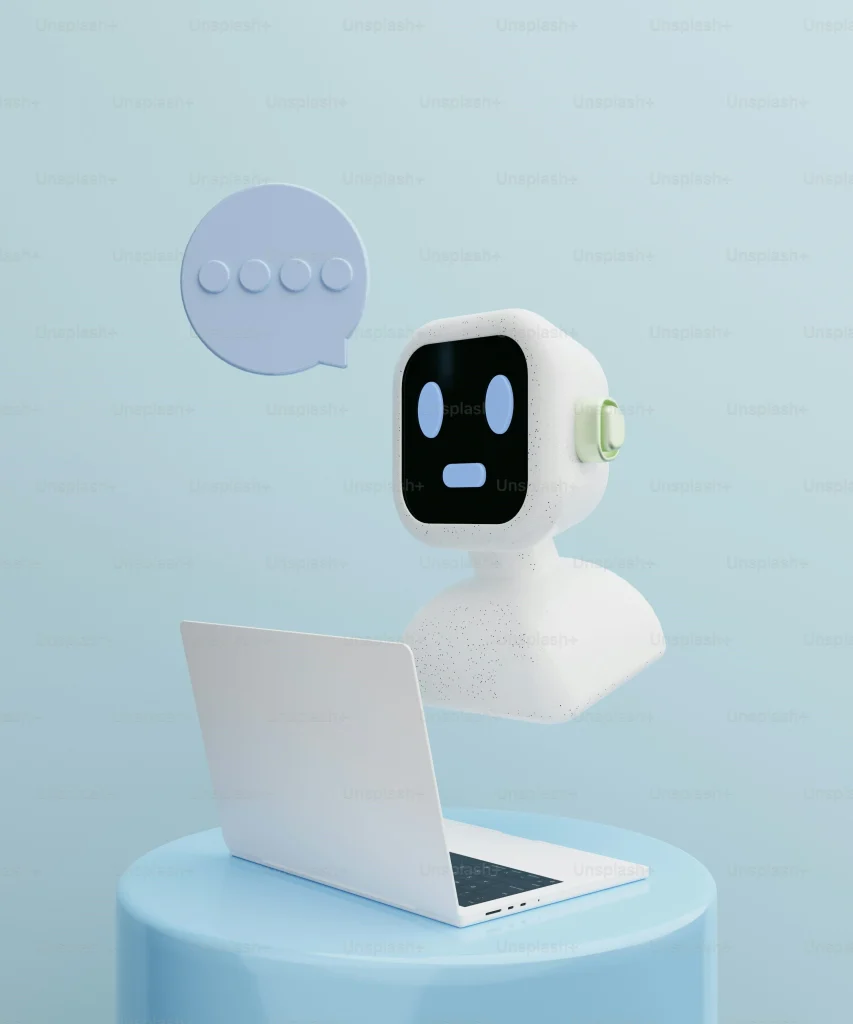
An AI chatbot is a computer program designed to simulate human conversation through text or voice interactions. It leverages AI techniques, such as natural language processing (NLP) and machine learning, to understand and respond to user queries in a natural and intuitive way. AI chatbots can be integrated into various channels, including websites, mobile apps, and messaging platforms.
AI chatbots can be categorized into two main types:
- Rule-based chatbots: These chatbots follow predefined rules and scripts to respond to user queries. They are suitable for simple, repetitive tasks and can be easily programmed.
- AI-powered chatbots: These chatbots utilize advanced AI techniques, such as machine learning and natural language processing, to understand and respond to complex queries. They can learn from interactions with users and improve their responses over time.
Now, modern chatbots use various types of AI technology within them to make them sound more natural to the consumers, as well as allows them to expand the chatbot’s query pool. Key components of an AI chatbot include:
- Natural Language Processing (NLP): Enables the chatbot to understand and interpret human language.
- Machine Learning: Allows the chatbot to learn from interactions and improve its responses over time, a popular technology among today’s automation trends.
- Dialog Management: Manages the flow of conversation and determines the appropriate responses.
- Knowledge Base: A repository of information that the chatbot can access to provide accurate answers.
AI Chatbots vs. Traditional Chatbots – How are the Two Different?

While traditional chatbots rely on predefined rules and scripts, AI chatbots leverage advanced technologies to understand and respond to user queries in a more natural and intelligent way. Moreover, both AI chatbots and traditional chatbots aim to provide automated customer support, but they differ significantly in their capabilities:
- Natural Language Processing: AI chatbots can understand and interpret natural language, allowing for more complex and nuanced conversations. Traditional chatbots, on the other hand, rely on predefined keywords and phrases.
- Intelligence: AI chatbots are powered by various advanced artificial intelligence algorithms. These AI algorithms enable them to understand complex queries, learn from interactions, and adapt to different situations. Traditional chatbots, on the other hand, rely on predefined rules and scripts, limiting their ability to handle complex inquiries.
- Constant Learning: AI chatbots can learn from interactions with users, improving their responses over time. Traditional chatbots lack this ability.
- Personalization: AI chatbots can personalize interactions based on user preferences, past behavior, and other relevant factors, providing a more tailored experience. Traditional chatbots offer a more generic and standardized experience.
- Scalability: AI chatbots can handle a large volume of inquiries simultaneously, without compromising quality. Traditional chatbots may struggle to handle high traffic volumes.
How to Create an AI Chatbot for Your Business – A Step-by-Step Guide
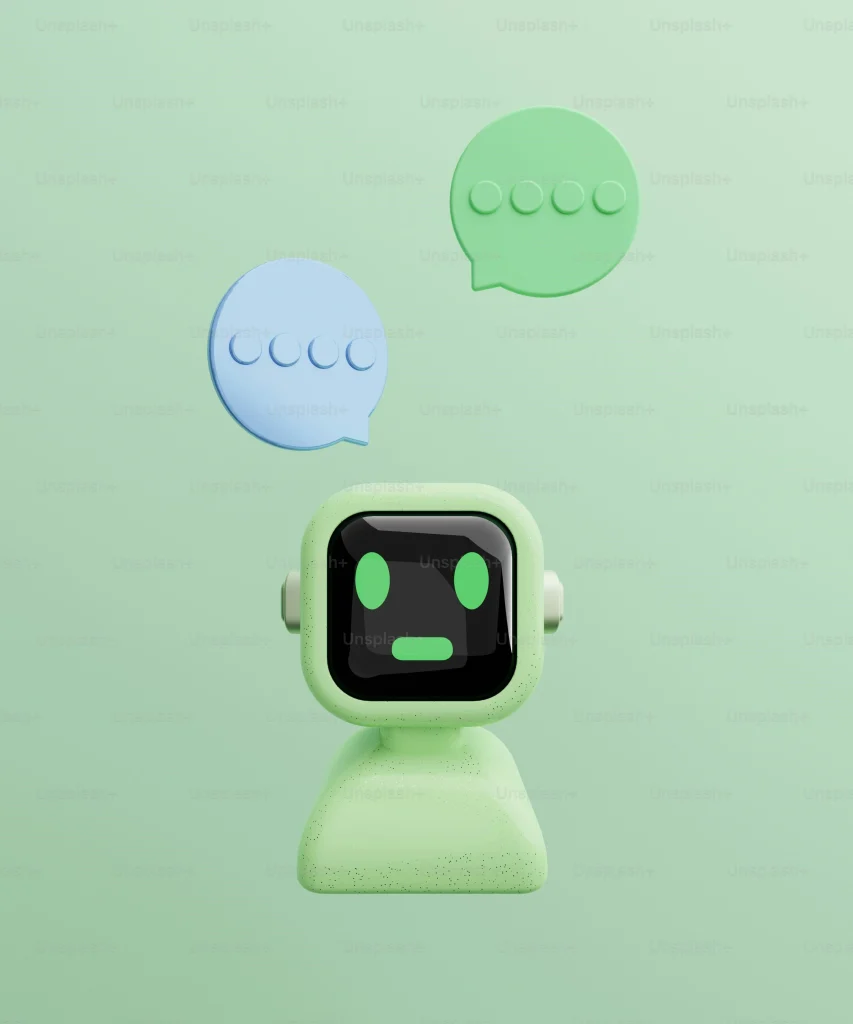
Now, we know that having an AI chatbot instead of a traditional chatbot will help you improve your chances of success. But how can you build an AI chatbot while guaranteeing that it will be successfully made and deployed?
Well, that is what experts like us are here for. By following the steps described in the process below and carefully considering the technical and strategic aspects, you can build an AI chatbot that enhances your brand’s customer experience and drives business growth.
Understand and Define Your Specific AI Chatbot Use Case
Before diving into the technical aspects of building an AI chatbot, it’s crucial to have a clear understanding of its purpose. Ask yourself:
What specific tasks or services should the chatbot handle?
Consider common customer queries, product information, or appointment scheduling.
What is the target audience for your chatbot?
Understanding your target audience will help you tailor the chatbot’s language and tone.
What level of complexity is required?
Determine whether your chatbot needs to handle simple queries or more complex tasks like problem-solving.
Choose a Fitting Channel for Your AI Chatbot
Select the appropriate channels for your chatbot, such as websites, mobile apps, messaging platforms (WhatsApp, Facebook Messenger, etc.), or voice assistants (Google Assistant, Amazon Alexa).
The channel you select for your chatbot will significantly impact its accessibility and effectiveness. For example, one of the increasingly common avenues of AI in banking is via AI chatbots on their websites and mobile banking channels as a form of live chat. Consider the following options:
- Website Chatbots: Embedded on your website, these chatbots can provide instant support to visitors.
- Mobile App Chatbots: Integrated into your mobile app, they offer personalized assistance to users.
- Social Media Chatbots: Deployed on platforms like Facebook Messenger, WhatsApp, or WeChat, they can engage with a wider audience.
- Messaging Apps: Integrated into messaging apps like Slack or Teams, they can enhance internal communication and productivity.
Select From the Available Tech Stacks for Your AI Chatbot
The choice of technology stack will influence the capabilities and complexity of your chatbot. Popular options include:
- Natural Language Processing (NLP) Libraries:
- NLTK: A versatile library for text processing and analysis.
- spaCy: A fast and efficient NLP library.
- Hugging Face Transformers: Advanced language models for tasks like text generation and translation.
- Machine Learning Frameworks:
- TensorFlow: A powerful framework for building and training machine learning models.
- PyTorch: A flexible and user-friendly framework for deep learning.
- Chatbot Platforms:
- Dialogflow: A Google-powered platform for building conversational interfaces.
- Rasa: An open-source framework for building AI-powered chatbots.
- Microsoft Bot Framework: A framework for building and deploying bots across multiple channels.
Create a Knowledge Repository for Your AI Chatbot to Access
A robust knowledge base is essential for your chatbot to provide accurate and informative responses. For example, for you chatbot’s AI in telecom industry, you could train it to help consumers troubleshoot common problems, and vet them to see if a technical customer agent is required.
Consider the following:
- FAQ Database: Create a comprehensive database of frequently asked questions and their answers.
- Product Information: Store detailed product information, including specifications, pricing, and availability.
- Customer Support Guidelines: Provide guidelines on how to handle common customer issues and complaints.
- Domain-Specific Knowledge: Incorporate relevant domain knowledge to enable the chatbot to answer complex queries.
Design the Conversation Prompts and Flow for Your AI Chatbot
The conversational flow is the backbone of your chatbot. It defines the way the chatbot interacts with users. Key considerations include:
- Natural Language Processing: Use NLP techniques to understand and respond to user queries in a natural and intuitive way.
- Intent Recognition: Identify the user’s intent behind their query to provide relevant responses.
- Entity Extraction: Extract key information from user queries, such as product names, dates, or locations.
- Dialog Management: Manage the conversation flow, including handling multiple intents, context, and user errors. Moreover, here you also need to study how AI prompt engineering works to optimize your dialog options better.
Integrate Your AI Chatbot Into and Test It Thoroughly
Integrate your chatbot into your chosen channels and conduct thorough testing to ensure seamless functionality. Key testing aspects include:
- Functional Testing: Verify that the chatbot can handle various user queries and provide accurate responses.
- Performance Testing: Assess the chatbot’s response time and scalability.
- User Acceptance Testing: Gather feedback from real users to identify areas for improvement.
Make it Go Live While Monitoring It for Any Inconsistency
Once your chatbot is ready, deploy it to your target audience. Continuously monitor its performance and gather user feedback to make necessary improvements. Consider the following:
- Performance Monitoring: Track key metrics like response time, accuracy, and user satisfaction.
- User Analytics: Analyze user interactions to identify areas for improvement.
- Regular Updates: Update the chatbot’s knowledge base and algorithms to ensure optimal performance.
- Security and Privacy: Implement robust security measures to protect user data and prevent unauthorized access.
Choosing AI-Based Chatbot Builder Tools Vs Creating Your Custom Chatbot
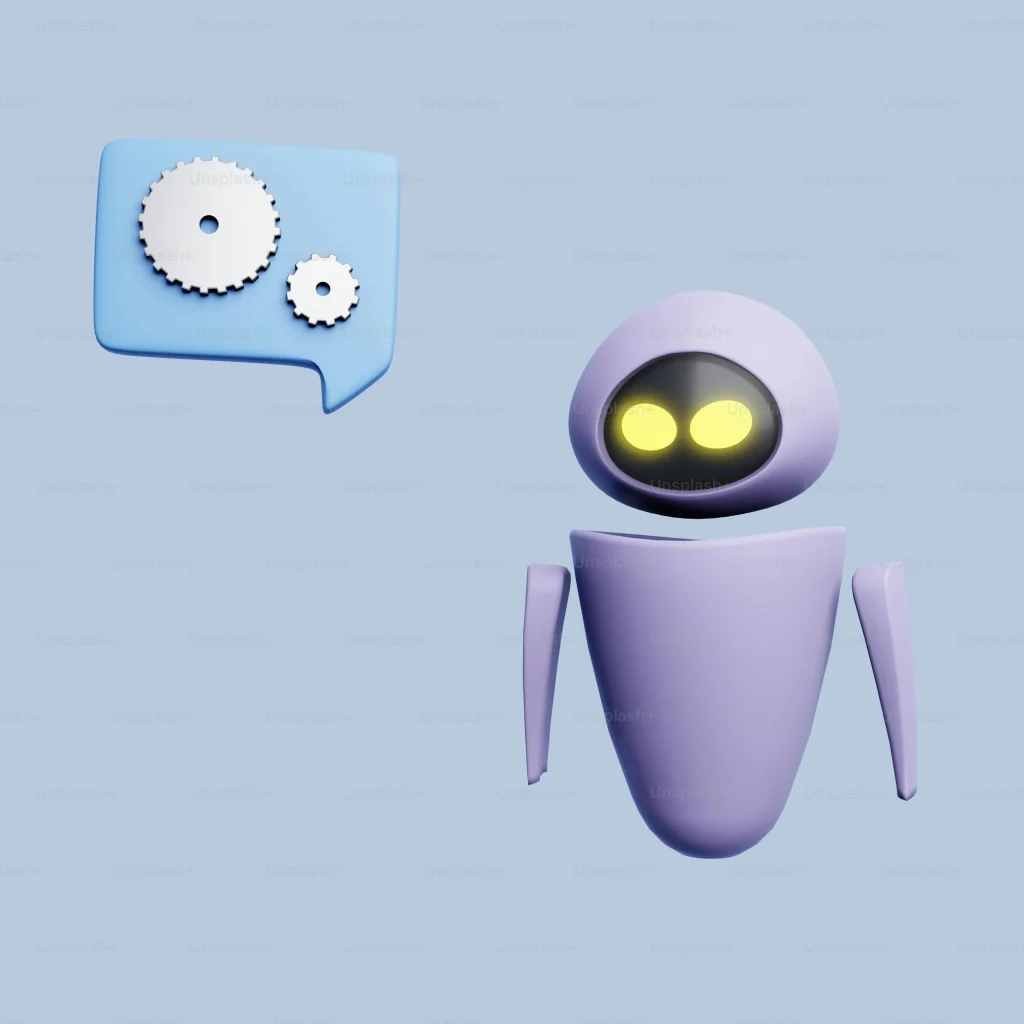
When we talk about AI innovations in Dubai, AI chatbots are all the rage nowadays. And with it rages the debate on the best way to build your AI chatbot. When building an AI chatbot, you have two primary options:
- Using a Chatbot Builder Tool:
- Pros: Faster development time, lower cost, and easier to use.
- Cons: Limited customization options and potential vendor lock-in.
- Creating a Custom Chatbot:
- Pros: Greater flexibility and customization, stronger integration with existing systems.
- Cons: Higher development costs, longer development time, and requires technical expertise.
How Can Making an AI Chatbot Help Your Business Grow?
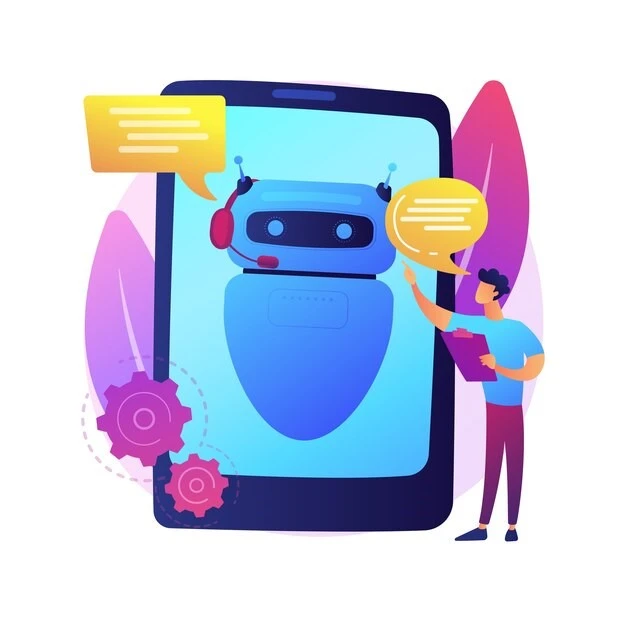
AI chatbots can significantly benefit your business in several ways:
- Improved Customer Service: Provide 24/7 support, quick response times, and consistent service quality.
- Increased Efficiency: Automate routine tasks and free up human agents to focus on complex issues.
- Enhanced Customer Engagement: Create personalized and engaging customer experiences.
- Data-Driven Insights: Collect valuable customer data to improve products and services.
- Cost Reduction: Reduce operational costs by automating customer interactions.
Top Tips to Ensure That You Build an AI Chatbot Successfully
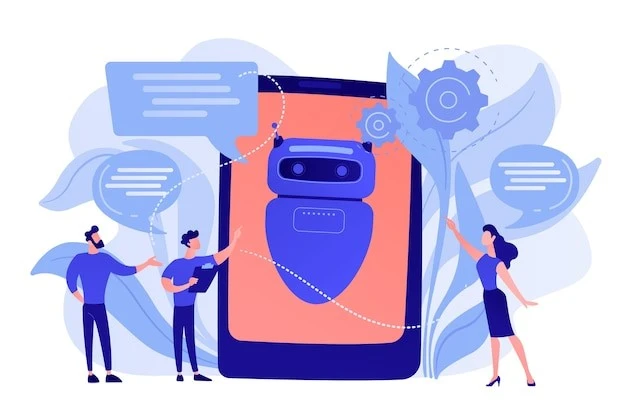
Now that you know how to build an AI chatbot for your business, you might be raring to go and start creating one. However, every development project has some pitfalls that are known only to those who stray into that path regularly.
Well, here are the top tips on how to make an AI chatbot successfully, and avoid major problems and issues during the process.
- Clear Goals: Define clear objectives for your chatbot to ensure it aligns with your business goals.
- User-Centric Design: Design the chatbot’s interface and interactions to be user-friendly and intuitive.
- Continuous Learning: Continuously train and improve your chatbot to enhance its performance.
- Regular Monitoring and Maintenance: Monitor the chatbot’s performance and address any issues promptly.
- Ethical Considerations: Ensure that your chatbot is designed and used ethically, avoiding bias and discrimination.
Conclusion
AI chatbots have the potential to revolutionize the way businesses interact with customers. By following the steps outlined in this guide and considering the best practices, you can build an AI chatbot that delivers value, enhances customer satisfaction, and drives business growth. Remember, the key to success is to focus on the user experience, leverage the power of AI, and continuously adapt to evolving technologies and customer needs.

Empower your digital journey with StruqtIO - Your dedicated partner for cutting-edge custom software development, innovation, and digital transformative solutions. Harness the power of technology to elevate your business and redefine your digital landscape today.
